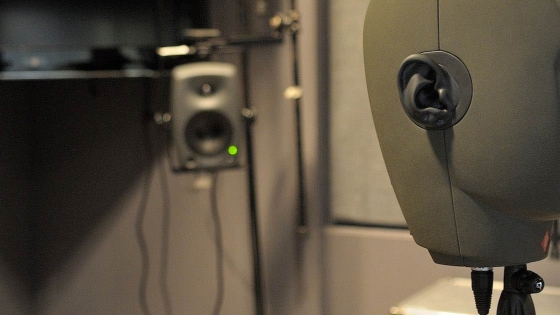
The HMDiR dataset (Head-Mounted-Display acoustic Impulse Responses) comprehends HRIR measurements for 1200 locations collected over a Neumann KU-100 mannequin fitted with a variety of HMDs used for virtual, augmented, or mixed reality. The database can be used to run subjective and objective studies on the impact of wearing headgear on spatial audio perception and source localization. Data is provided in .mat format, readable in MATLAB.
Source locations measured comprehend 200 azimuth angles from 0º to 358.2º in steps of 1.8º and six elevation rings from -36º to +54º in steps of 18º. Distance is 1 meter. The data was measured in November 2017 using ScanIR v2.
The headsets measured were the following:
- Microsoft Hololens (2016 version)
- Metavision Meta-2
- HTC Vive
- Samsung GearVR SM-R322
- Oculus Rift CV1
The data is available as .mat files prepared in two different formats:
- MARL format: complete individual-entry-based structure, includes metadata information for elevation, azimuth, distance, headset type, location, measurement signal and sample rate
- Compact format: simplified matrix for only HRIR data packed as a 6x200 matrix. Rows spanning elevations from -36º to +54º from top-to-bottom. Columns spanning azimuth positions from 0º to 358.2º (clockwise) left-to-right.
If you make use of this dataset for academic purposes, please cite the following white paper:
Andrea Genovese, and Agnieskza Roginska, HMDiR: an HRTF dataset measured on a mannequin wearing XR devices, Audio Engineering Society Conference: 2019 AES International Conference on Immersive and Interactive Audio. Audio Engineering Society.

